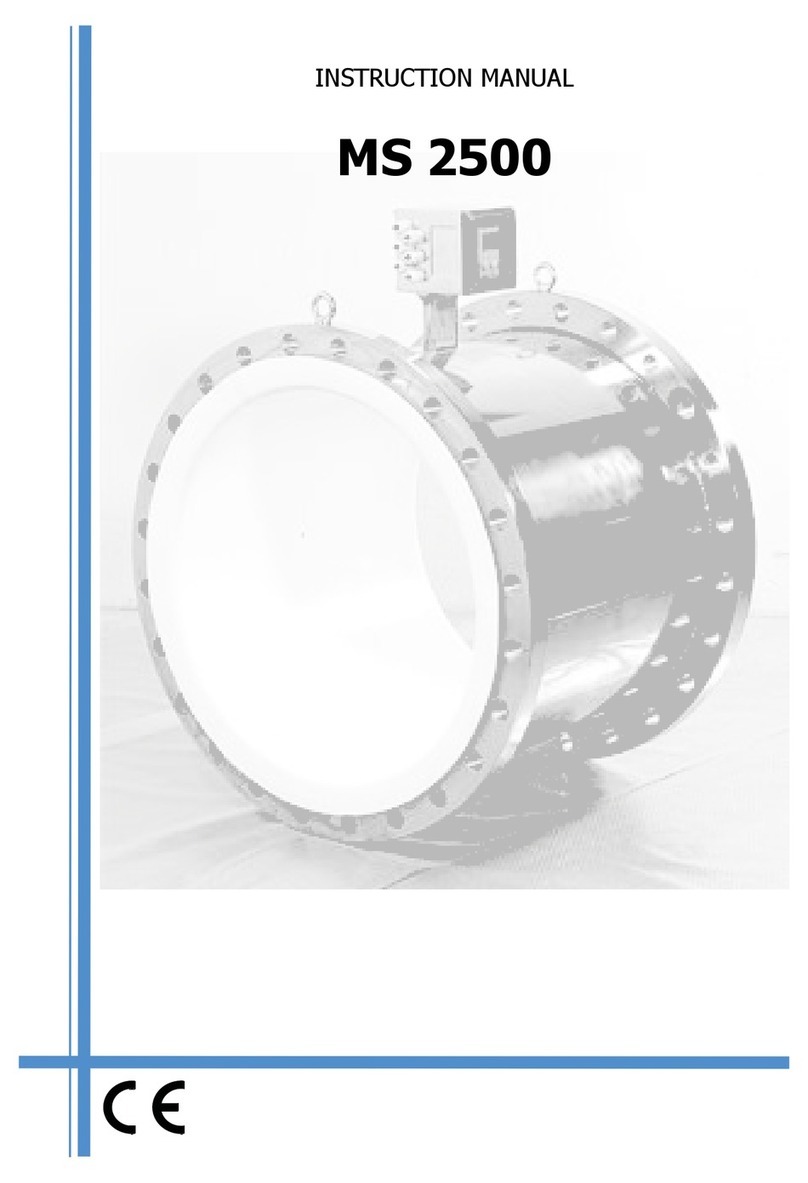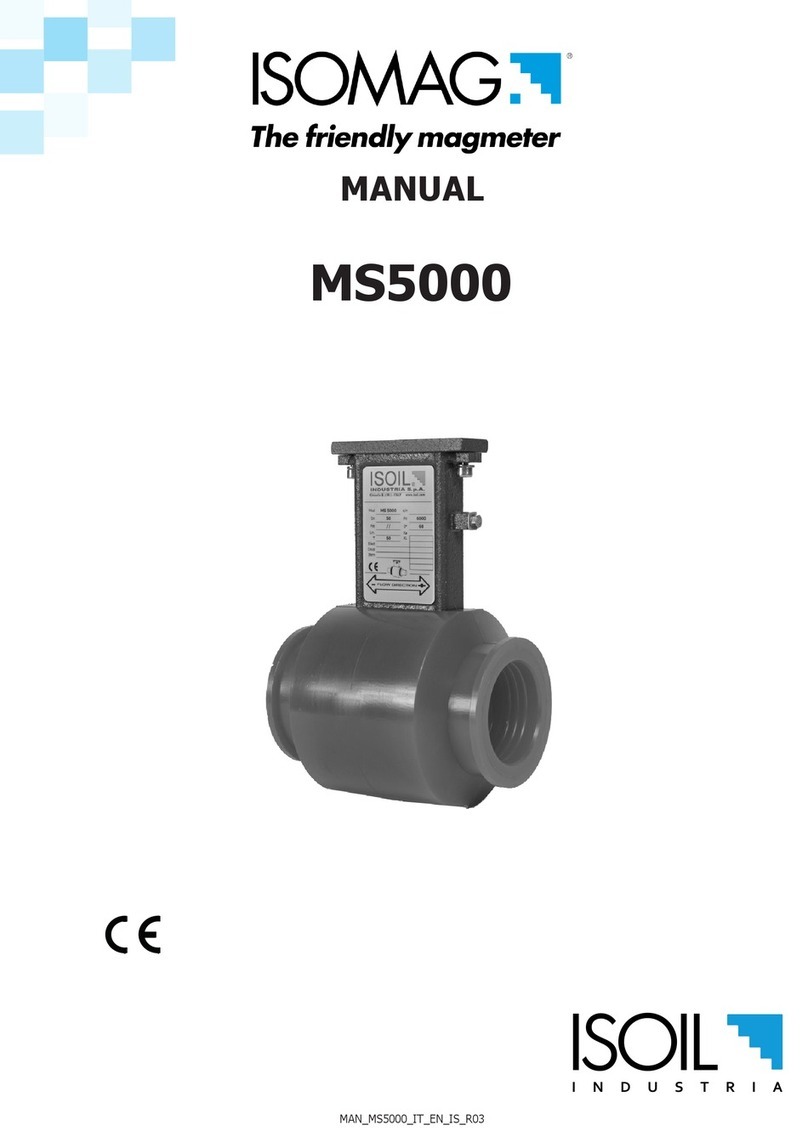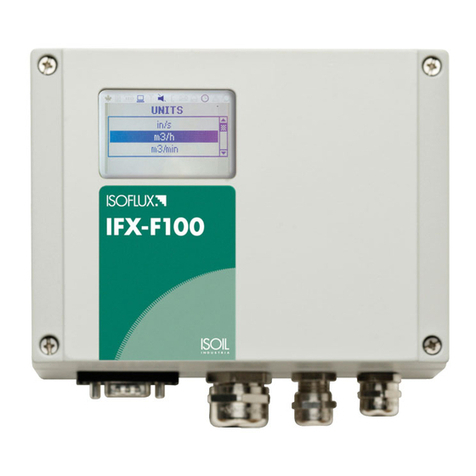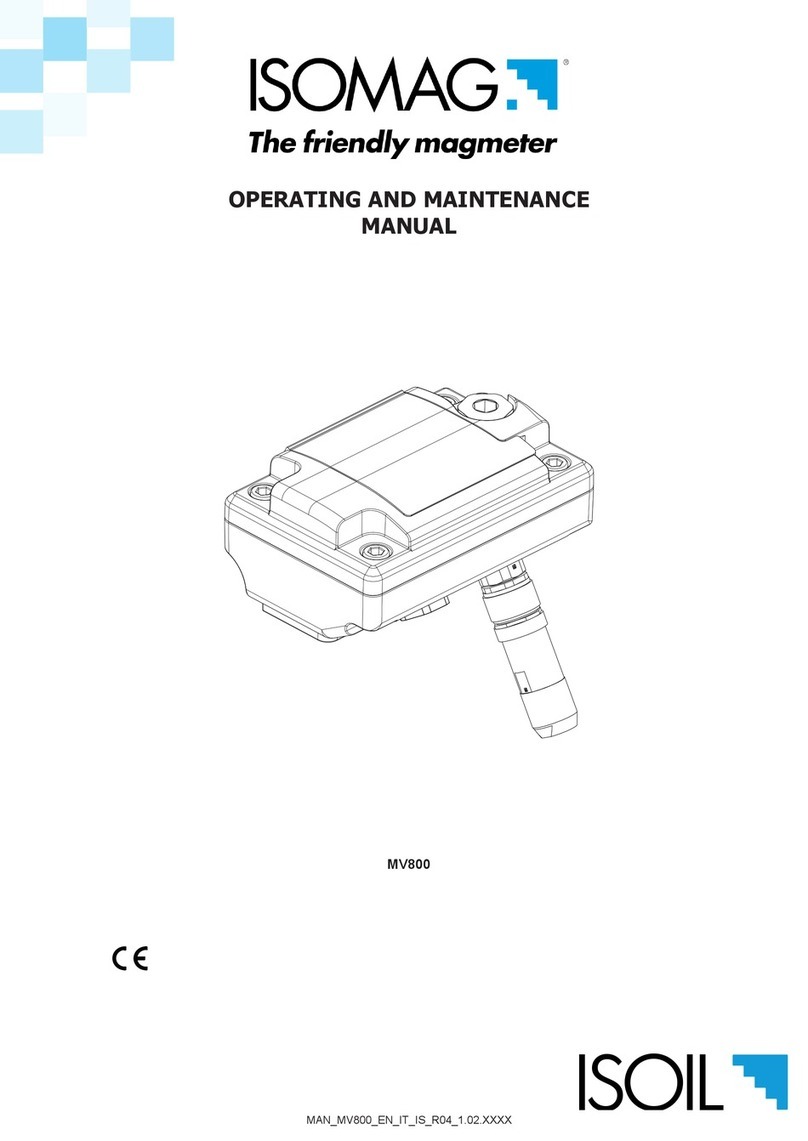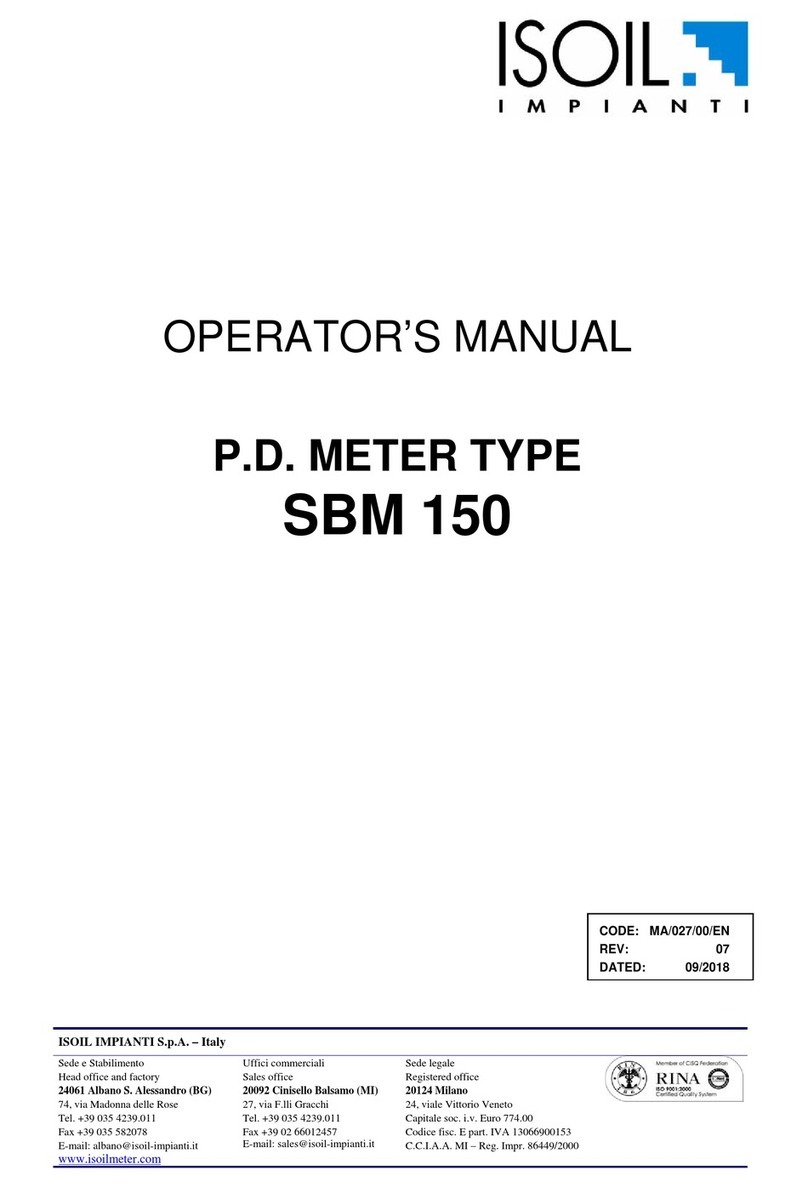2
IFX-P200
Operating Instructions
Index
Page
1Safety instructions................................................................................4
1.1 Symbols used in these operating instructions..................................4
1.2 Safety instructions ...........................................................................5
2Introduction ..........................................................................................6
2.1 How to order....................................................................................7
3Installation ............................................................................................8
3.1 Unpacking and storage ....................................................................8
3.1.1 Unpacking ................................................................................8
3.1.2 Storage......................................................................................8
3.1.3 Identification of components....................................................8
3.2 Clamp-on sensor installation ...........................................................9
3.3 Installation location .......................................................................10
3.4 Pipe preparation.............................................................................12
3.5 Clamp-on sensor mounting configurations and distance...............12
3.6 Flowmeter installation ...................................................................14
3.6.1 Outline dimensions.................................................................14
3.7 Clamp-on sensor mounting............................................................15
3.7.1 Sensor pipe mounting configurations.....................................15
3.7.2 Acoustic coupling gel.............................................................15
3.7.3 Correct positioning of the sensors..........................................15
3.7.4 Sensor mounting with fixtures and chains .............................16
4Operation ............................................................................................18
4.1 Switching On/Off ..........................................................................18
4.2 Battery charging ............................................................................18
4.3 Keypad and display .......................................................................19
4.3.1 Keypad key functions.............................................................19
4.3.2 Display functions ...................................................................21
4.4 Quick setup wizard ........................................................................22
4.5 Measurements................................................................................24
4.5.1 Main process value (PV) display ...........................................24
4.5.2 Diagnostic displays ................................................................26
4.5.3 Totalisers ................................................................................26

